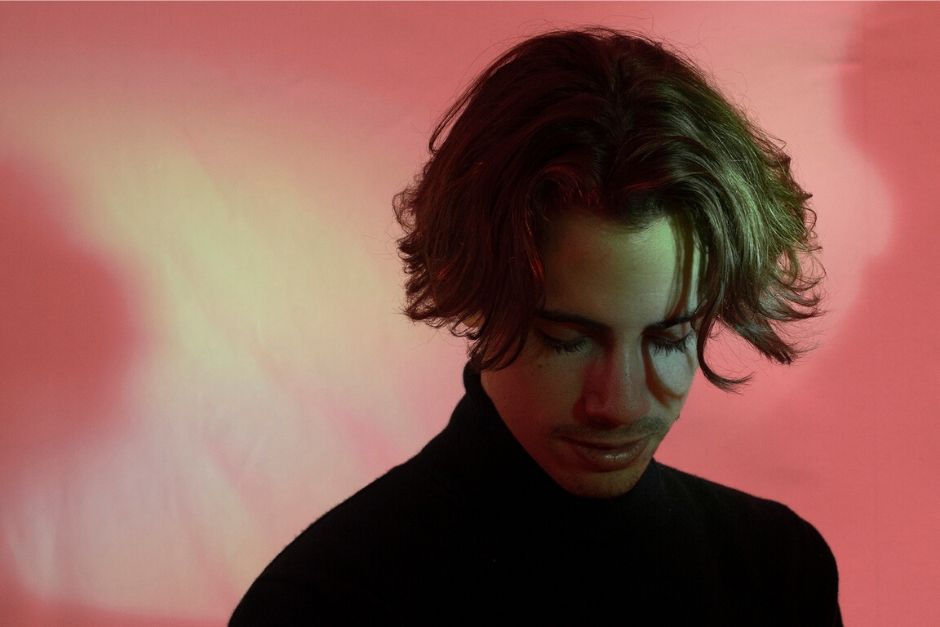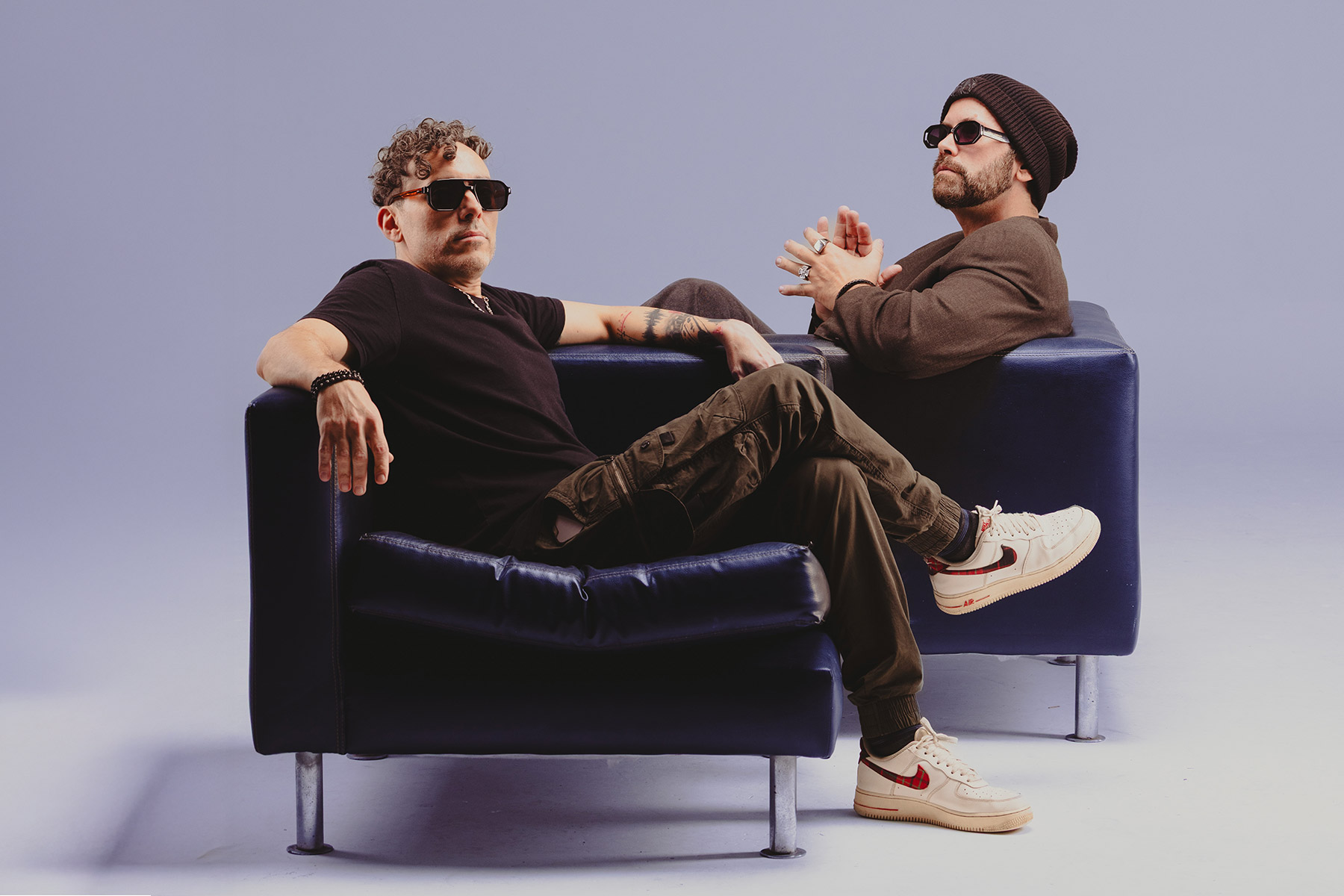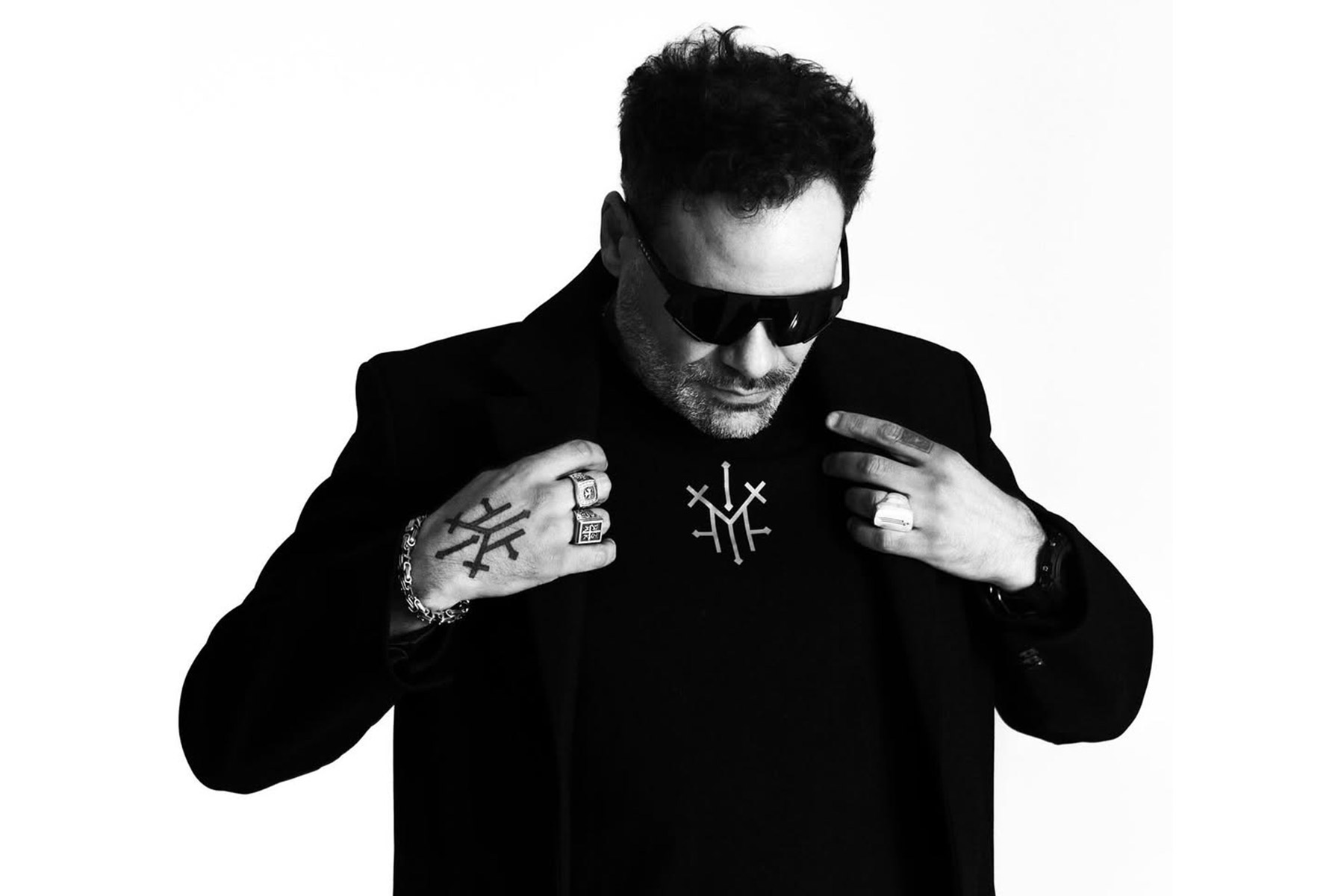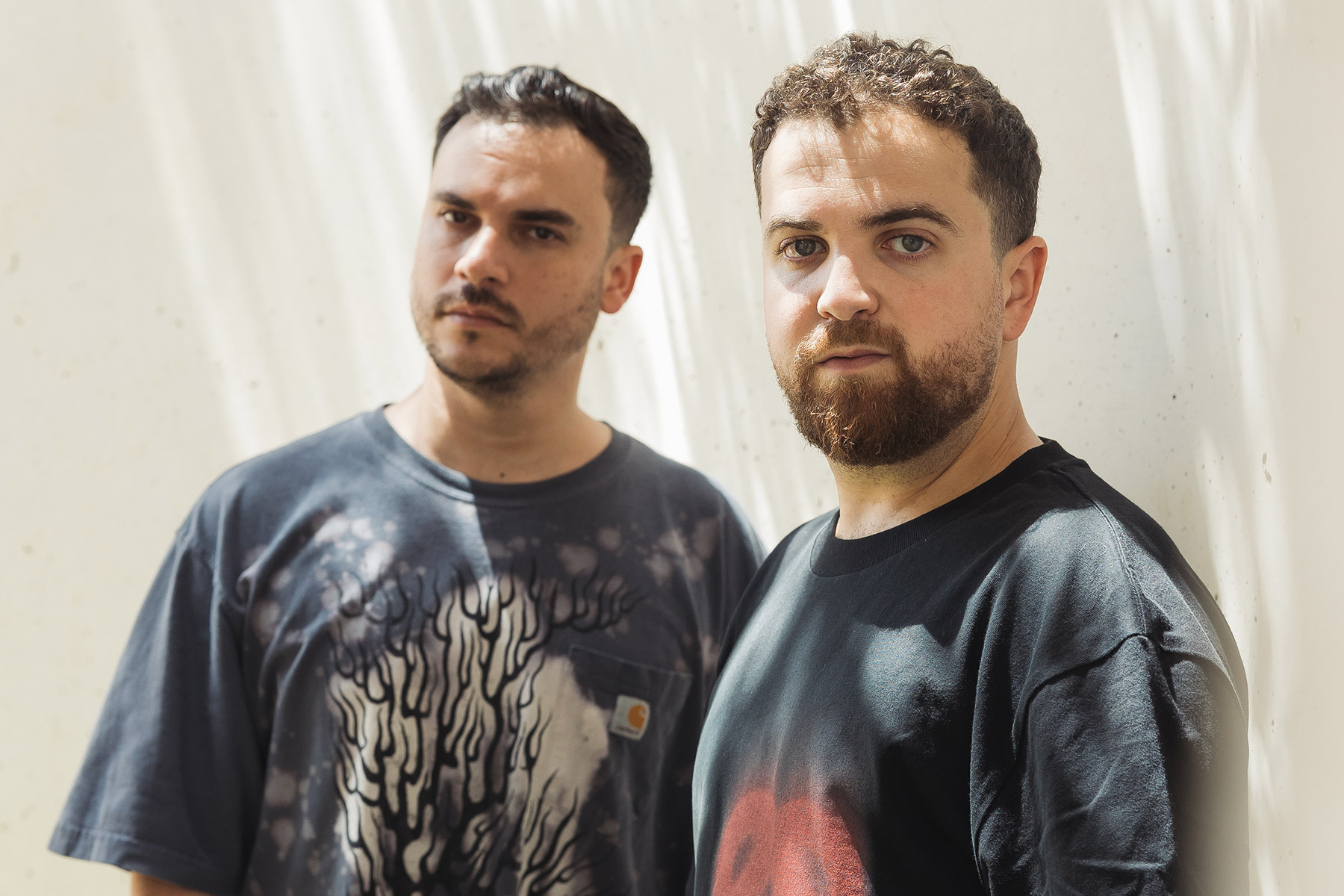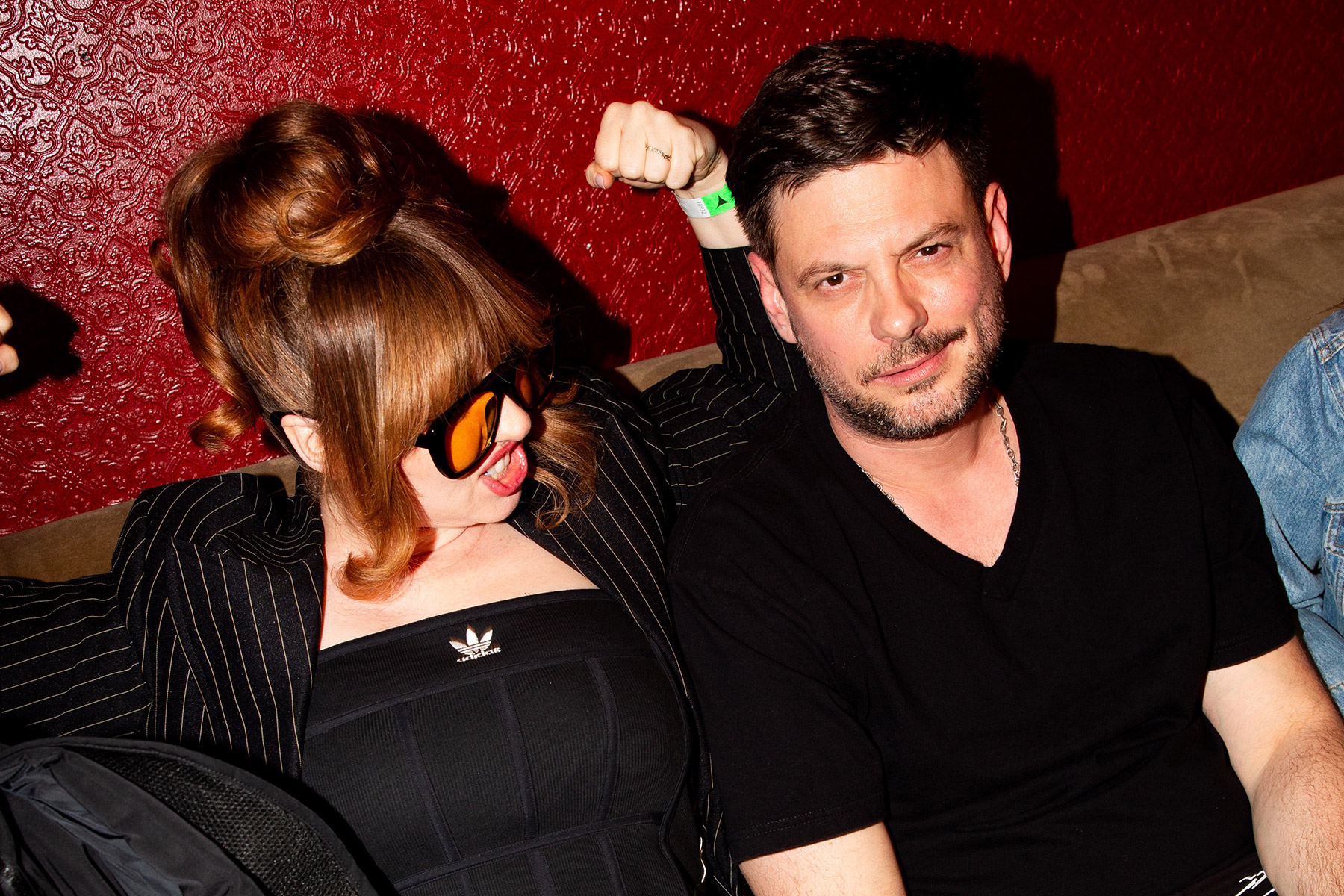Emerging from the new generation of 21st Century multi-disciplined artists who blend a myriad styles and influences into their music, Tibi Dabo (AKA Max Guardans) is an artist whose natural talent and distinctive sound have already brought him to the attention of some of the underground scene’s most respected tastemakers. Born in Barcelona and now living in Berlin (via London), Tibi Dabo is a pseudonym that gives Max the freedom to immerse himself in the world of electronic music – experimenting, being playful and exploratory, while also carving out a niche for himself.
Tibi Dabo’s hunger to learn and evolve has taken him from working purely in the box on his laptop to exploring analogue gear and going deeper down the production rabbit hole with a three-year stint at a music school in London where he studied Music Production and Sound Engineering. Determined and full of creative energy, he thrives on producing music with no restrictions and, driven by his own need for exploration together with the support of influential industry figureheads, he has a locker full of fresh new music to unleash.
Tibi Dabo will be releasing a new EP,’Disbelieve’, via Crosstown Rebels on April 10th. Today he shares some of the studio tips he regularly applies to create music.
1. Get in a mood
I’m at my most creative when I accidentally find myself in a headspace that gives me an urge to write or produce. Something as simple as commuting to the studio in specific weather, having seen someone interesting, smelt something that brought you back to a specific place, the views from the train… These things trigger me a lot. That’s why I usually force myself to do simple activities that I know will probably bring a creative force within me. I would suggest, if you know what triggers you, try and create an atmosphere where those can happen easily.
2. Think about space
It’s important to put your track in a room, it can be of any size, the size of the universe counts as one. It’s what helps me the most when deciding the stereo image, the kind of reverb, delays and other effects that I want to use, in which direction I want specific sounds to go in terms of panning, among others.
3. Subtract as much as you can
This is the simplicity cliché, but to me, it’s a holy grail. It’s hard for me to limit the number of layers I want in a track. It’s obvious that we want to try out as many possibilities for the track to be at its highest potential, but that usually ends up saturating the original idea. I try to trust the early elements more than what I add to them. They need to be solid enough to work on their own and that can be the hardest part, but once they are, it’s more about enhancing that main idea than adding unnecessary layers. A very healthy exercise is muting as many layers as possible without losing the main sound and desired aesthetic. If it still works it means they probably shouldn’t be there.
4. Fool around and embrace mistakes
Every time I’m working on something, what usually sticks out as unique is some sort of mistake that happened during the production process. I aim at things that will help me have those happy accidents. In this case, hardware can be very helpful, it’s possible to achieve an accident in the box, but outboard gear tends to go wrong more easily. One example is some background noise and crackles that were coming out of the main bassline sound on my track ‘Disbelieve’, which was due to the battery on my Roland SH-01 running out, I had forgotten to plug it in.
5. Think of tricks to get out of writer’s block
Over time, I have found little tricks that have brought back the excitement I was having with the track when it was still a mere draft. One is that if I feel I’m losing the connection with what I’m working on, I try to remember what it was that got me excited in the first place. It makes me realize I might have taken a diversion and forgot what the main goal was. It’s also a good way of subtracting unnecessary layers.
Another trick I sometimes use is altering the order in which I’m using the effects on a specific sound, or trying something radically different with it. If hypothetically my main purpose was to distort it, then I would intentionally make it sound soft and washy. Such a drastic change can give me a different perspective on what could also happen in the track, it can help me move forward.
Tibidabo’s ‘Disbelieve’ will be out on April 10th via Crosstown Rebels. Grab your copy here.
Follow Tibi Dabo: Facebook | Instagram | Soundcloud

